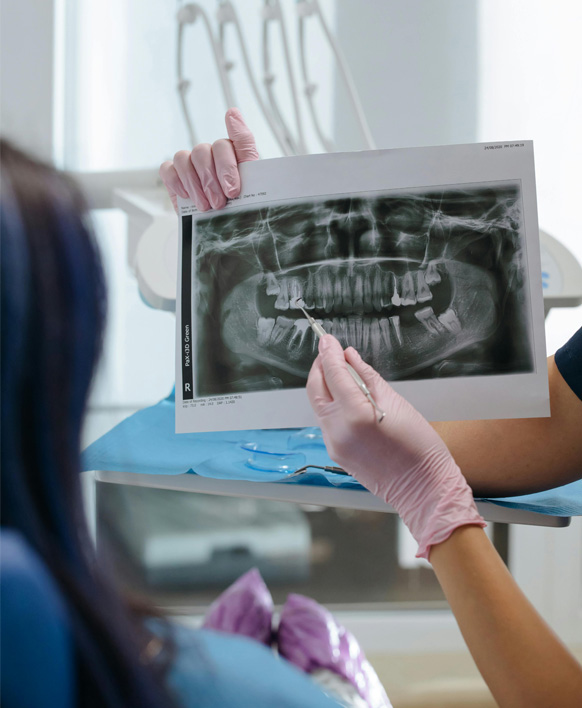Inlay, Onlay, and Endocrown
Inlay, onlay, and endocrown applications in dental restorations provide aesthetic and functional improvements to teeth. These treatment options are preferred to preserve the structure of the tooth and offer long-lasting solutions in cases of damage or decay.
What is an Inlay?
An inlay is a type of filling used to treat decayed or damaged areas inside the tooth. It is usually made from materials such as porcelain, composite resin, or gold.
What is an Onlay?
An onlay is a type of restoration used to cover a larger area of the tooth. Unlike an inlay, an onlay can cover both the chewing surface and the sides of the tooth. It can be made from porcelain, composite resin, or gold.
What is an Endocrown?
An endocrown is a specialized type of crown used to reinforce a tooth after root canal treatment. It is placed over the root canal-treated tooth and provides structural integrity. Endocrowns are typically made from porcelain, metal, or composite materials.

